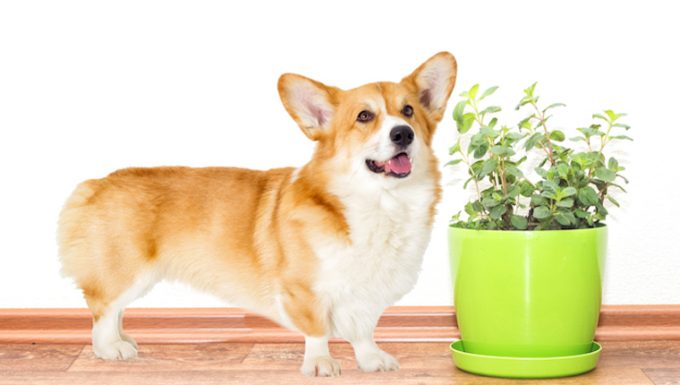Pennyroyal oil poisoning in dogs happens when a dog ingests a certain type of mint plant. Unfortunately, the condition can be fatal to dogs.
Specifically, a chemical in the plant called pulegone causes the condition.
Technically, the condition can also be caused by certain flea medications.
If you see the signs of the condition in your dog, then get to a veterinarian for a proper diagnosis and treatment.
Here’s what you should know about the symptoms, causes, and treatments for the condition.
Symptoms of pennyroyal oil poisoning in dogs
The condition produces a wide range of symptoms. For example, some of the most common symptoms include:
- Diarrhea
- Vomiting
- Acting lethargic
- Breathing problems
- Coughing with blood
- Seizure
- Bloody nose
- Listlessness
Causes of pennyroyal oil poisoning in dogs

The cause of the condition is usually a dog ingesting the plant. Technically, a chemical in the plant called pulegone causes the condition.
Additionally, the following products can also cause the condition:
- Flea medication
- Natural supplements
- Fragrances
Treatments for pennyroyal oil poisoning in dogs
Firstly, your vet will ask about your dog’s symptoms. Secondly, your vet will ask about any circumstances where your dog could have come into contact with the substance.
Thirdly, your vet will carry out a full physical examination. Blood and urine tests will be taken. The subsequent results of the tests can show if the condition is affecting your dog’s organs.
Generally, treatment often begins with induced vomiting. This is to remove the toxins from your dog’s body. Although never attempt this yourself — always let your vet carry out the process.
Additionally, bathing your dog is recommended. This is to remove any traces of the poison from their skin and fur.
In severe cases, intravenous fluid therapy will be needed.
Ultimately, prevention is better than cure with this condition. So keep your dog away from the substance and make sure you don’t use flea products that contain the substance. Your vet can help recommend safe flea products for your dog.
Finally, you can read more about dogs and mint in general in our post here.
Have you ever cared for a dog who suffered from this condition? How did your vet help your dog recover? Let us know in the comments section below.









